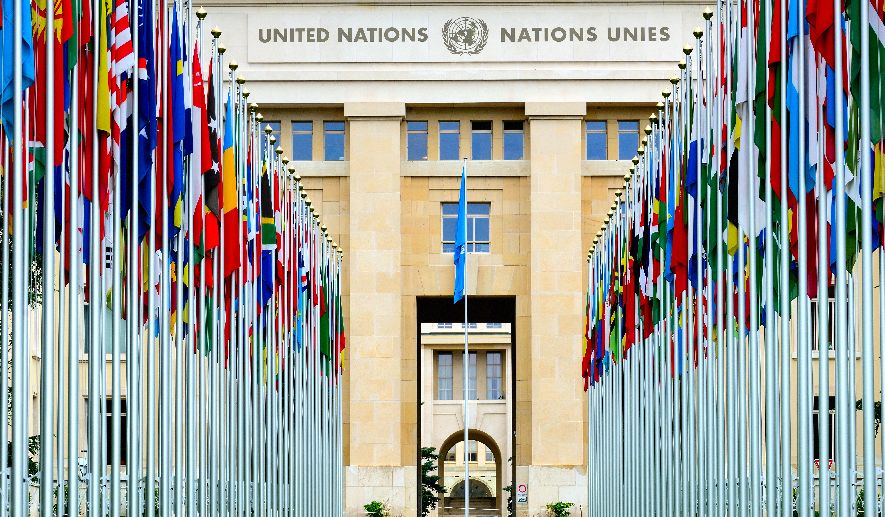The United Nations Children’s Fund (Unicef) has said little is done to protect the children from the perils of the digital world and to increase their access to safe online content.
Pointing out that one in three internet users worldwide is a child, the agency in its State of the World’s Children 2017: Children in a Digital World report on Monday, highlights digital divides and explores current debates about the impact of the internet and social media on children’s safety and well-being, Xinhua reported.
Advertisement
“For better and for worse, digital technology is now an irreversible fact of our lives,” said Unicef Executive Director Anthony Lake. “In a digital world, our dual challenge is how to mitigate the harms while maximizing the benefits of the internet for every child.”
The report explores the benefits that digital technology can offer the most disadvantaged children, including by increasing their access to information; building skills for the digital workplace; and giving them a platform to connect and communicate their views.
“The internet was designed for adults, but it is increasingly used by children and young people, and digital technology increasingly affects their lives and futures,” Lake noted.
The report also examines how the internet increases children’s vulnerability to risks and harms, including by misusing their private information, accessing harmful content, and cyberbullying.
The report notes that the ubiquitous presence of mobile devices has made online access for many children less supervised, and potentially more dangerous.
Moreover, digital networks, like the “Dark Web” and cryptocurrencies, are enabling the worst forms of exploitation and abuse, such as trafficking and “made to order” online child sexual abuse.
According to the report, young people are the most connected age group. Worldwide, they have a 71 percent presence online compared with 48 percent of the total population.
However, African youth are the least connected, with around three out of five not online, compared to just one in 25 in Europe.
It also reveals that more than nine in 10 child sexual abuse URLs are hosted in Canada, France, the Netherlands, Russia and the US.
The report says that only collective action by governments, the private sector, families and children themselves can help level the digital playing field and make the internet safer and more accessible for children.











